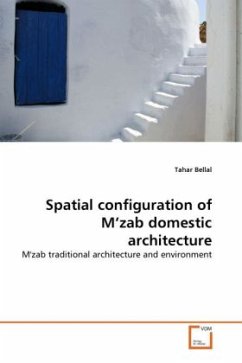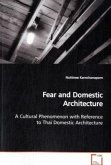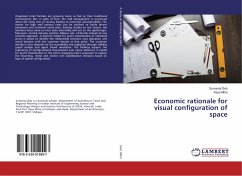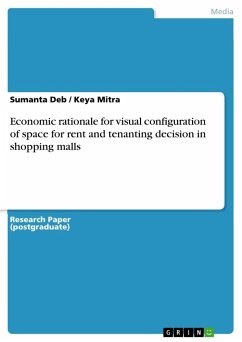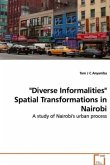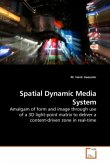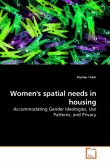The present research aims to study the spatial configuration of M'zabite traditional houses. The theoretical debate explores issues relating to space use coupled with social theories approaches to space, which provide a discussion to the conceptual framework of the study and helps to elaborate an analytic approach. The analytic section uses the space syntax analysis method. The achievement of space syntax analysis is the interrogation of the plan through which buildings reveal social ideology embedded in structural genotypes. It is the aim of this research work to test this proposition in an M'zab cross settlements sample. The preliminary findings identify characteristic patterns of integration [genotypes centred on key domestic spaces]. They also, suggest the integrating aspects of traditional houses and contradict the abundant literature which stipulates the segregation and seclusion of female activities in traditional houses. This research reveals general aspects to gain comprehensive understanding, rather than statistical knowledge of the spatial configuration of the houses.

